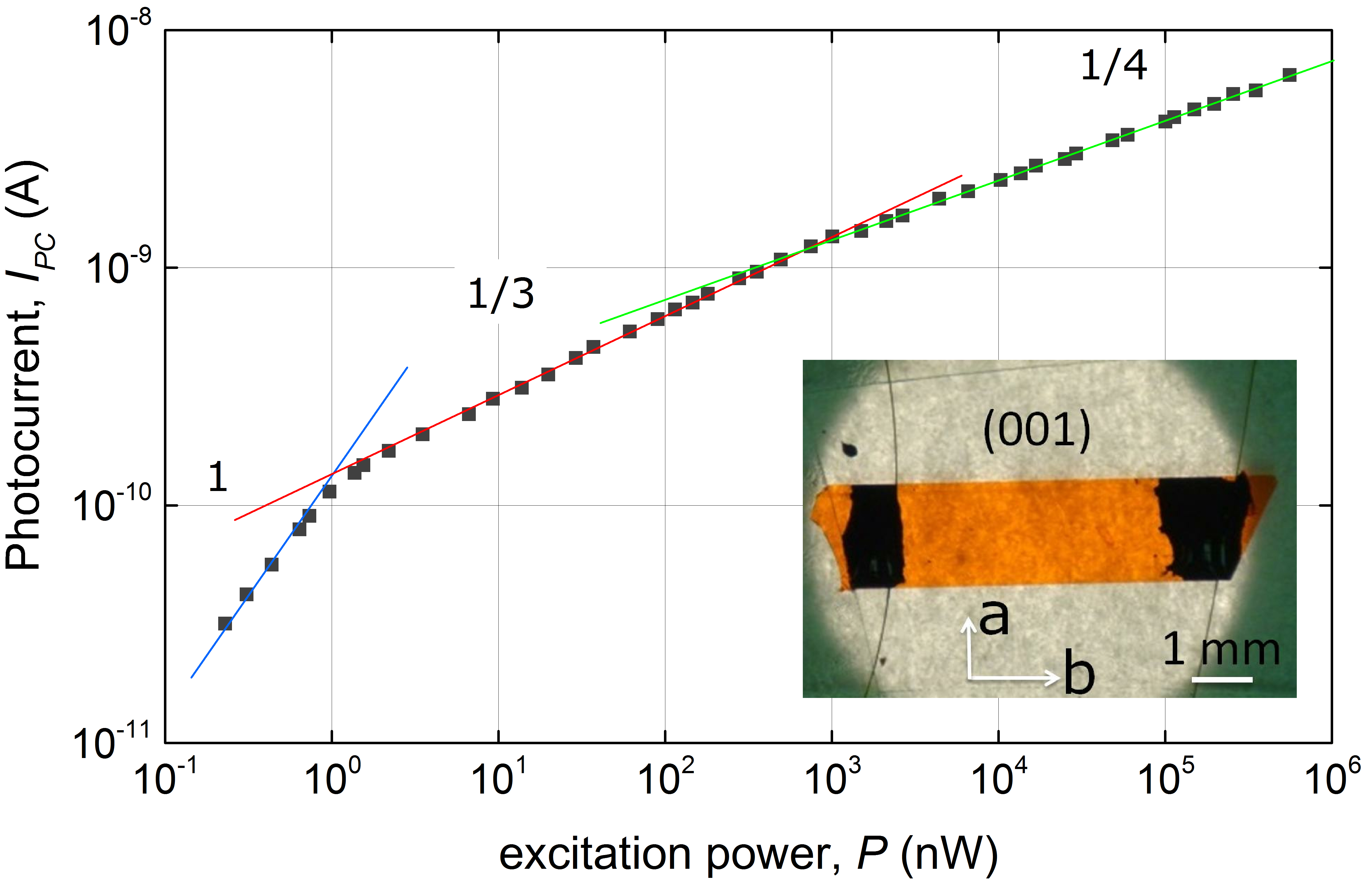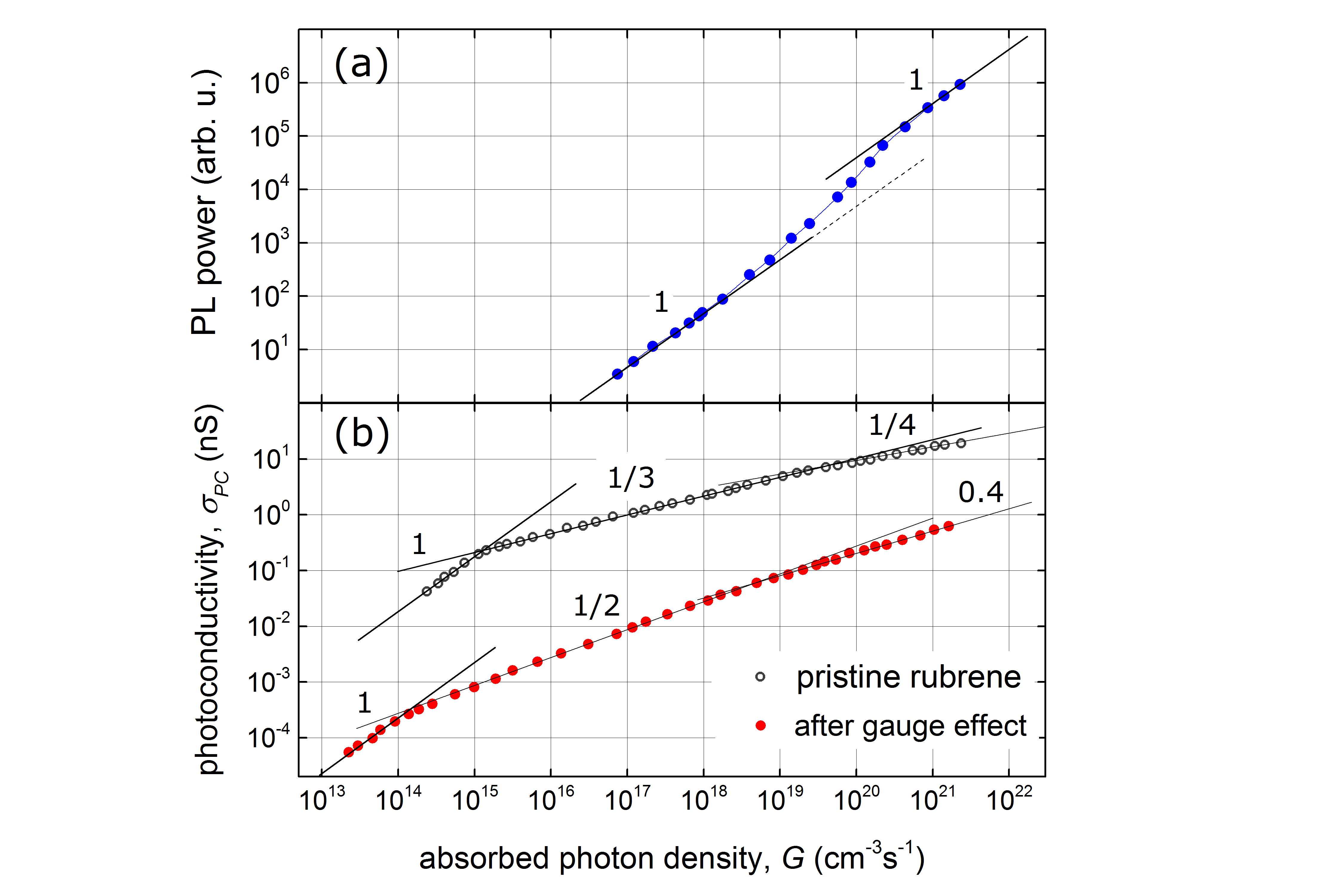Reports: DNI1050629-DNI10: Development of Single-Crystalline Organic Solar Cells for the Fundamental Studies of Photo-Voltaic Effect in Highly Ordered Organic Semiconductors
Vitaly Podzorov, PhD, Rutgers, the State University of New Jersey (New Brunswick)













